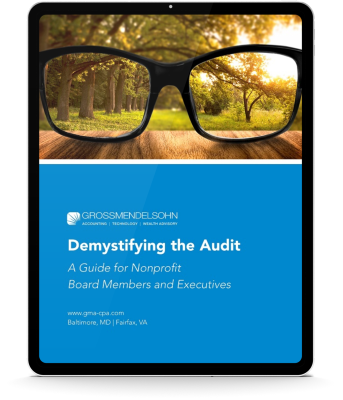When the IRS revised Form 990 to include several questions regarding governance policies and board members’ roles in performing fiduciary activities, board governance became a hot topic.
Form 990s are published online by charity watchdogs and are frequently viewed by potential donors and other stakeholders. Although the Sarbanes-Oxley Act of 2002 (SOX) was passed to regulate for-profit businesses, nonprofits have been encouraged to adopt certain SOX regulations, including a conflict-of-interest policy and financial statement review guidelines.
A Board Governance Checklist for Nonprofits
Your board is probably already aware of its basic responsibilities of creating a strategic plan and overseeing staff as it’s implemented; monitoring activities to ensure they contribute to the organization’s larger mission; hiring and evaluating the chief executive; ensuring adequate financial resources; and performing essential fiduciary duties of care, loyalty and confidentiality.
Following that general task list, however, doesn’t necessarily make a board effective. Good governance requires nonprofit boards — and executives — to go the extra mile and do some or all of the following:
- Write policies, including conflict of interest, whistleblower, document retention and destruction, gift acceptance, Form 990 review and related-party transactions.
- Form an audit committee made up of financially knowledgeable board members to oversee regular internal and external audits, and consider adding a paid or unpaid CPA if expertise isn’t already available from within the board.
- Ensure that executive compensation is reasonable, which generally means setting it at “market level” based on current data.
- Provide new board members with an orientation that covers your nonprofit’s mission, policies, programs and goals, and regularly offer refresher courses to long-time board members.
- Regularly review risk exposure and ensure, for example, that insurance policies are up-to-date, internal controls are enforced and investment policies are followed.
- Develop emergency plans, including a leadership succession plan, procedures for handling urgent matters that require board input and a communications plan.
- Assemble a board that’s demographically diverse, including diversity of gender, ethnicity, economic status, disability, profession and expertise.
Finally, try to be organized. Maintain an annual calendar of board meetings and require members to attend a certain percentage of them. Be sure to prepare agendas and any materials relevant to discussions and votes before board meetings.
Need Help?
Contact our Nonprofit Group online or call 800.899.4623.
This post was originally published in June 2013 and has been updated for accuracy and comprehensiveness.


